How to grow Coreopsis
This member of the daisy family contains around 100 species of annuals and perennials, found growing mainly in prairies and woodland throughout North and Central America, and Mexico. It is grown for its usually yellow daisy-like flowers (known to be particularly attractive to bees and butterflies), and tough, reliable, straightforward nature.
Coreopsis is also known as tickseed, a nod to its tick-like, rounded seeds.

Key Information
Position
Soil Conditions
Hardiness

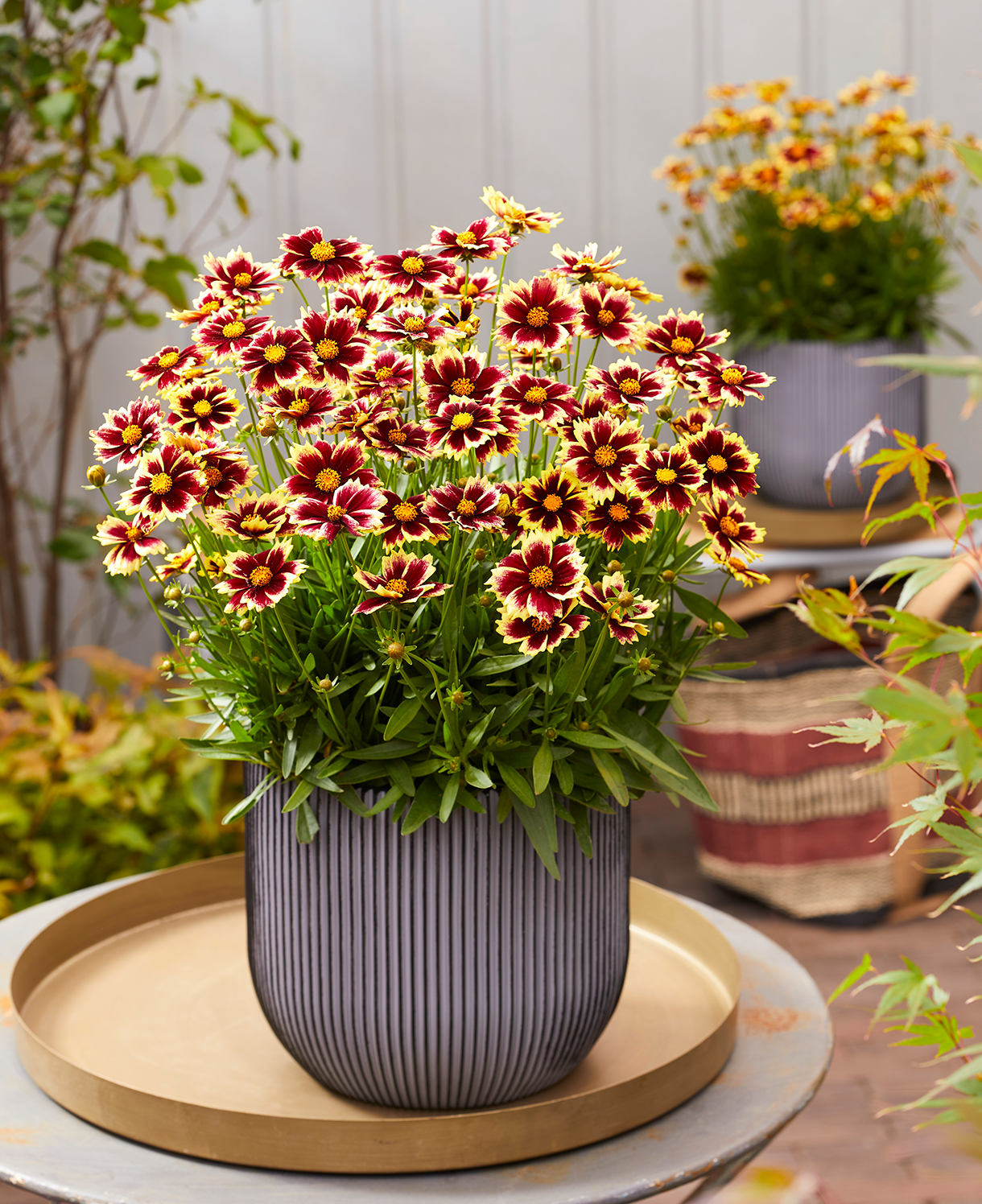
Where & when to plant Coreopsis
Hardy cultivars (e.g., ‘Moonbeam’, ‘Sterntaler’, and the Solar, Punch, Limerock, and Twinklebells series’)
For best results, plant in autumn or spring. An autumn planting can be done by those gardening in mild conditions (and broadly speaking, this is the southern half of the UK). For those liable to cold winters, it is best to wait until spring (generally the northern half of the UK). Planting can also be carried out in summer, though be prepared to water regularly.
Half-hardy cultivars (e.g., ‘Pink Lady’, ‘Ruby Frost’, ‘Ladybird’, ‘Full Moon’, ‘Crème Caramel’, and the Bloomstation series)
Plant out once all risk of frost has passed in your area (usually around mid to late May).
Coreopsis makes an ideal plant for borders and pots, preferably in a sunny spot. While it will tolerate partial shade, growth is likely to be lankier and less floriferous than if in full sun.
How to plant Coreopsis
In the ground
- Clear the chosen area of weeds.
- Dig a planting hole several times larger than the root ball. Now is the time to give your soil a boost by adding well-rotted organic matter to the planting hole and mixing thoroughly.
- Place the plant in the hole, ensuring the top of the root ball sits level with the surface of the soil. Too low and the plant may rot, too high and the roots can dry out.
- Backfill with soil and firm in gently.
- Soak well with water.
- Mulch around the base with well-rotted organic matter.
In a container
- Choose an appropriate container, ensuring there are plenty of drainage holes in the bottom.
- It can be a good idea to fill large pots in situ, to save yourself the trouble of moving once full.
- For best results use a good quality potting compost with a few handfuls of horticultural grit mixed in. If not already present in the compost, add some slow-release fertiliser granules.
- Start by partially filling the pot with compost; enough so that when placed on it the upper surface of the root ball is about 3cm lower than the top of the pot.
- Infill all the space surrounding the root ball with compost, firming down with your fingers then adding a little more so the plant is held tight.
- Pick up the pot and lightly tap on the potting bench or ground a few times to help further settle the compost around the plant.
- Soak well with water.
- A mulch with horticultural grit will look attractive and help to prevent a ‘cap’ or crust forming on the top of the compost (something container plants can suffer due to the artificial nature of their watering).
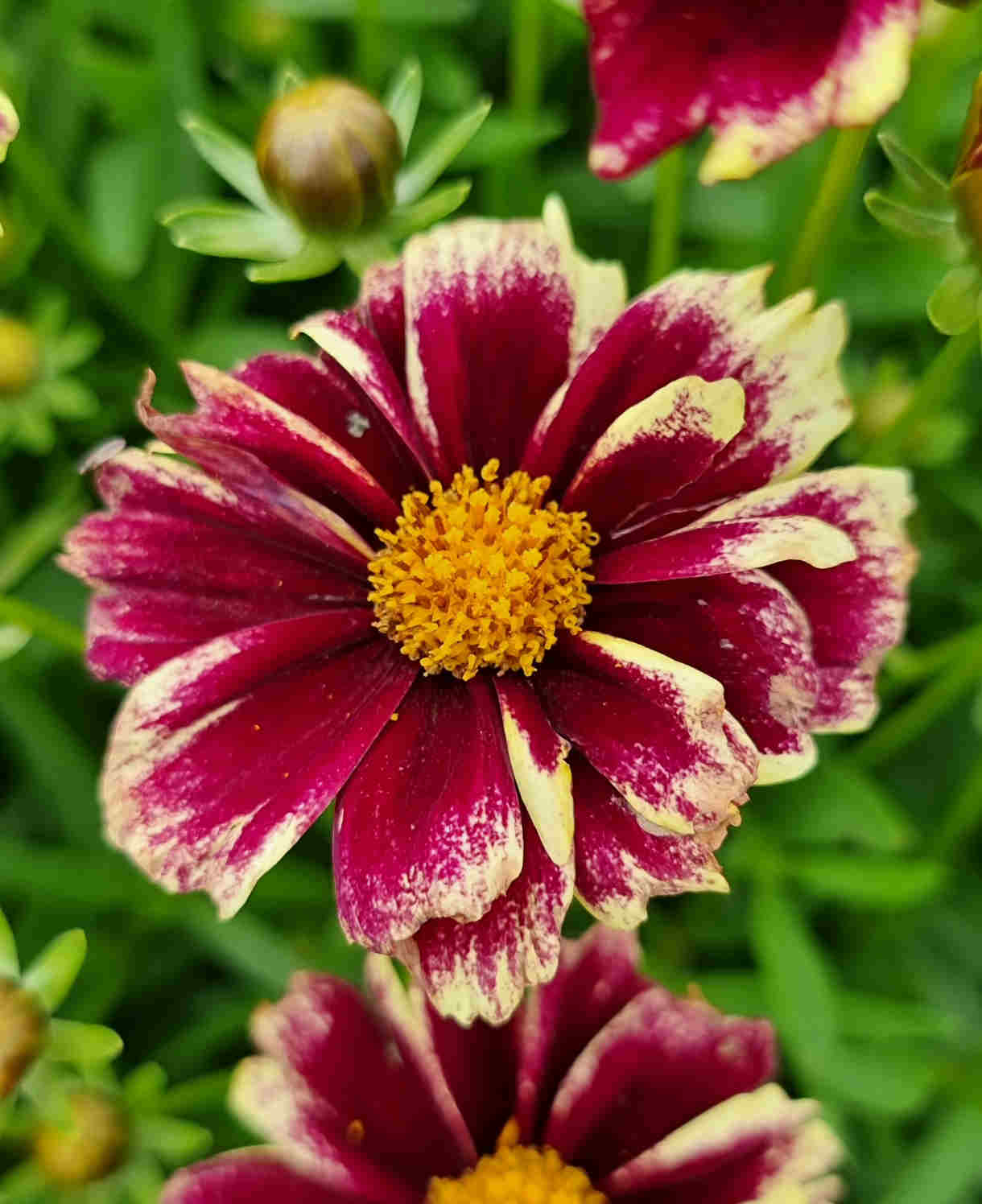
What to plant with Coreopsis
This obliging plant mixes easily with a range of planting styles. Our favourite combination is with fellow prairie dwellers in a naturalistic border – think eupatorium, rudbeckia, phlox, and echinacea, with grasses such as stipa and miscanthus.
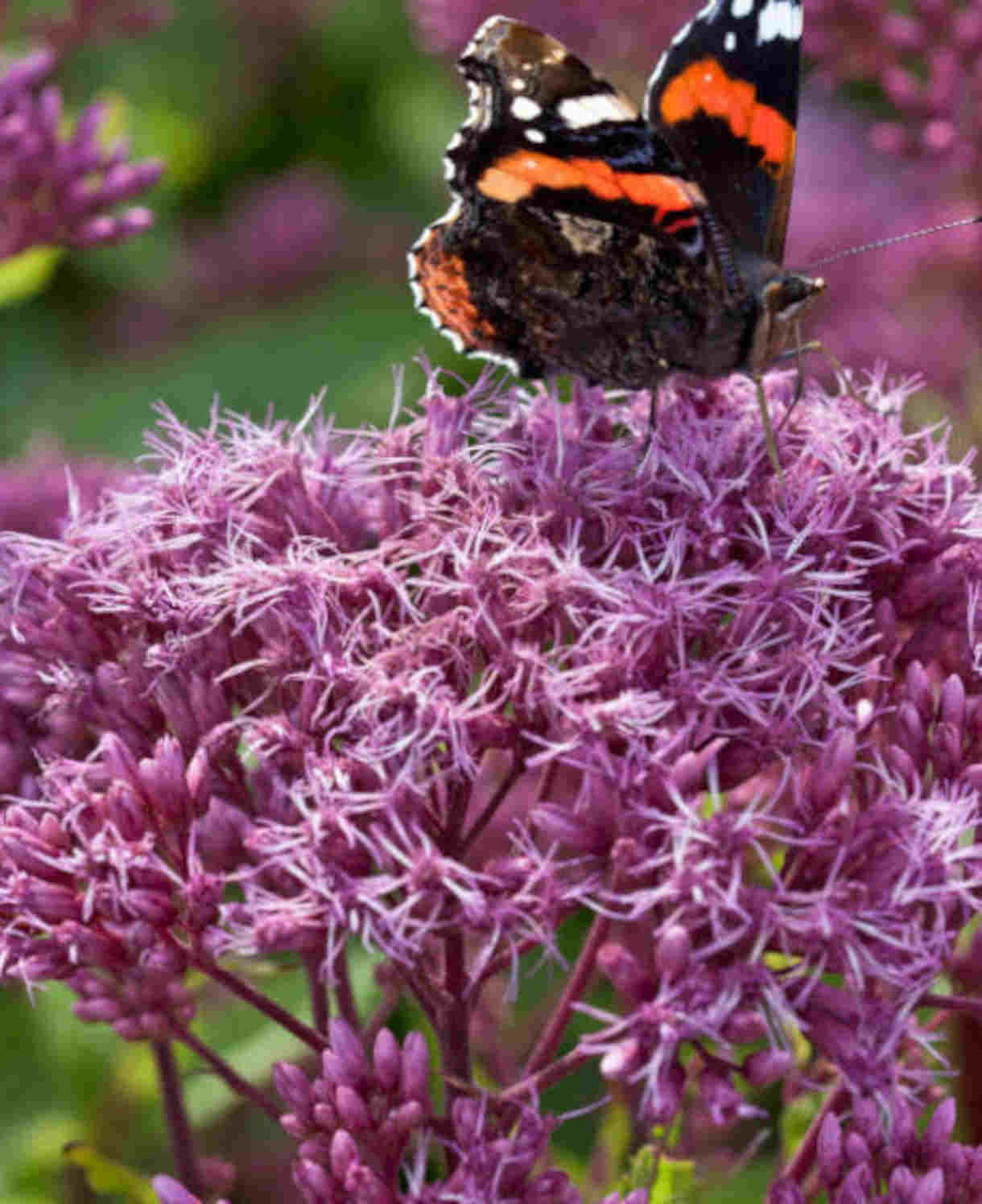
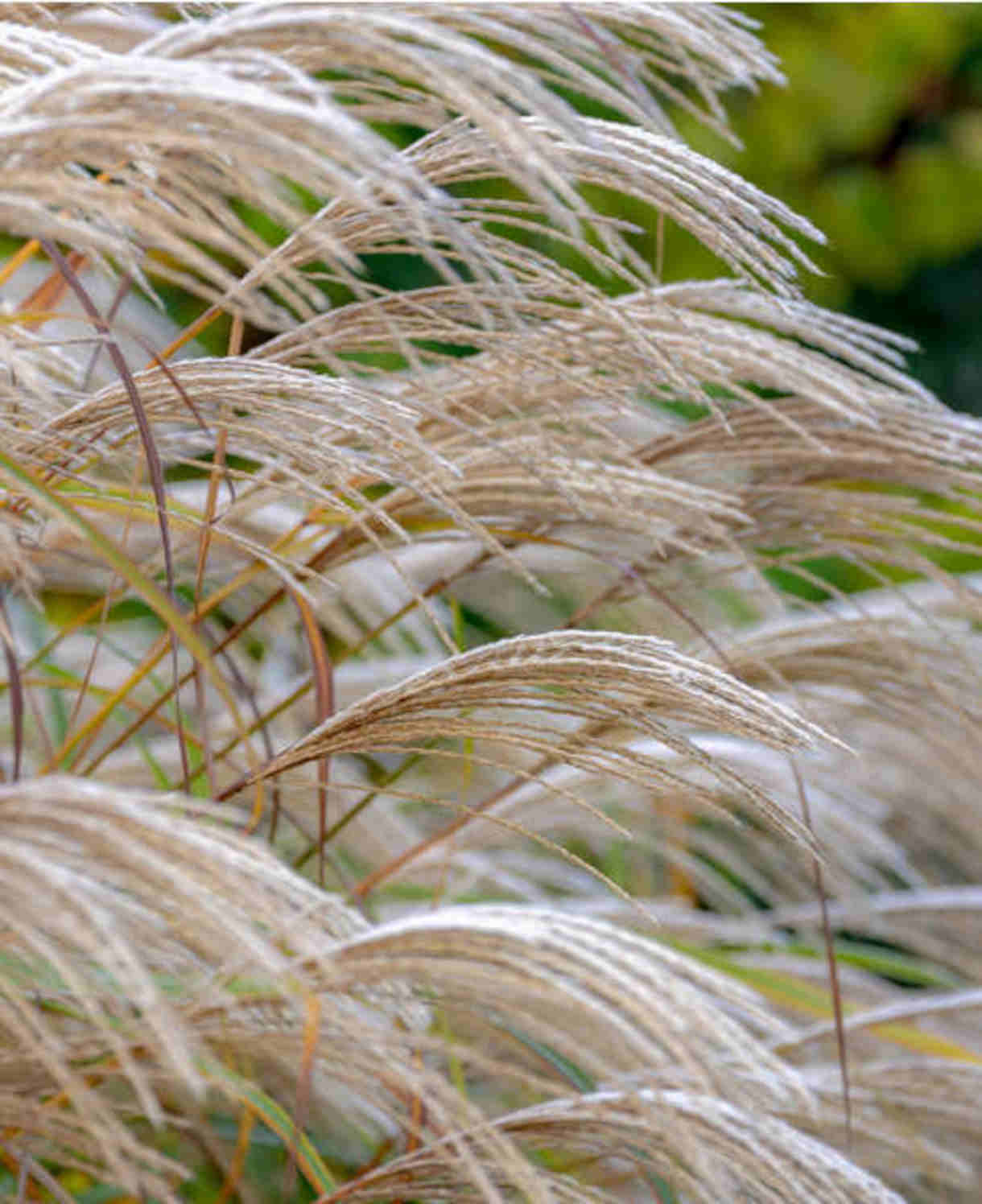
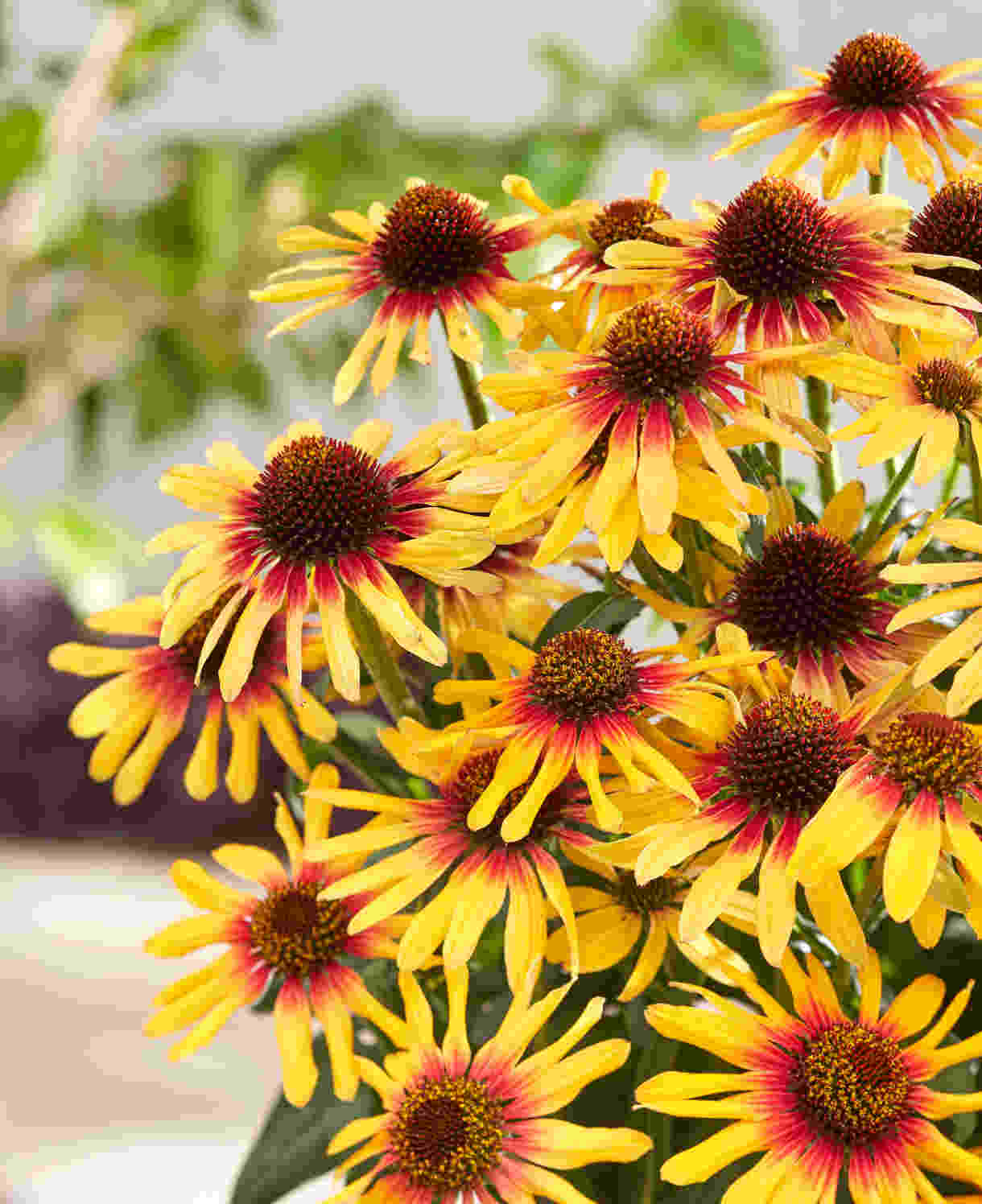
How to care for Coreopsis
Pruning and Deadheading
Deadhead coreopsis to encourage prolonged flowering. The easiest way to do this is to chop the whole thing back by about half after the first big flowering flush, for a second profusion of blooms a month or so later. (A free-flowering nature means deadheading individual blooms would be prohibitively laborious!).
Try to delay your annual cut back of coreopsis until spring. Not only does the intact top growth provide winter insulation to the crown of the plant, but the seedheads provide a source of food for birds during the colder months.
Watering
Water coreopsis regularly until established (usually this means for the first summer in the garden), after which it tends to be fairly drought tolerant.
Container-grown coreopsis will require regular watering throughout the growing season. Allow the top few centimetres of compost to dry out between soakings.
Cold Protection
Hardy cultivars (e.g., ‘Moonbeam’, ‘Sterntaler’, and the Solar, Punch, Limerock, and Twinklebells series’)
Of these, the Solar series are the hardiest (to the -15°C to -20°C range) and can be left to overwinter outside without the need for additional protection.
The rest have minimum temperatures ranging between -5°C and -15°C, meaning in the average UK winter they too should be fine without additional protection. Nevertheless, leaving the top growth on over winter (as suggested in ‘Pruning and Deadheading’ above) is a good idea for the extra insulation.
Half-hardy cultivars (e.g., ‘Pink Lady’, ‘Ruby Frost’, ‘Ladybird’, ‘Full Moon’, ‘Crème Caramel’, and the Bloomstation series)
These have a minimum temperature in the 1°C to -5°C range, meaning in all but mild microclimates they will struggle to make it through a UK winter outside. Either grow in a container to facilitate a move inside (an unheated greenhouse, conservatory, or porch is ideal); leave outside and protect with fleece; or treat as an annual and remove to the compost heap at the end of the growing season.
Pests and Diseases
Coreopsis tends to be largely pest and disease free, though you may find slugs and snails develop a taste for its leaves, particularly when newly planted. Encouraging natural predators into your garden, such as birds, frogs, toads, and hedgehogs, will make a big difference. Torchlight searches after dark (when slugs and snails are at their most active) are also effective, allowing you to collect the offending molluscs in a bucket. Place on the compost heap, or in a part of the garden containing less vulnerable plants.
Like most plants, once coreopsis is well established it tends to be better able to tolerate the actions of slugs and snails without the need for intervention.
How to propagate Coreopsis
Established clumps of coreopsis are best propagated by division in spring. As well as providing new plants, this also maintains the health and vigour of existing specimens.
- Choose a day when the soil is not frozen or waterlogged.
- Dig the plant out of the ground.
- Shake off any excess soil.
- Separate the plant into sections using either swift, cutting blows with a sharp spade, or two forks inserted back-to-back with tines touching, handles then pushed together to prise the plant apart.
- Discard old, damaged, or surplus pieces, keeping healthy, vigorous material.
- Replant selected pieces where desired.
- Water well until fully established.
Another option is to propagate by basal stem cuttings, also in spring.
- Find several strong, basal shoots (originating from the crown) around 10cm long.
- With sharp secateurs or a knife, sever cleanly from as close to the base as possible.
- Put them in a plastic bag straight away to prevent drying out.
- Fill a container with a compost mix which is at least 50% perlite (or if you prefer, as we do, 100% perlite).
- Remove the lowest third of leaves.
- If the remaining leaves are large, cut them in half with a sharp knife (to reduce water lost through transpiration).
- Insert the cuttings into the compost and water lightly. Several cuttings can be put in the same container if there is enough space to do this without them touching.
- Place in a greenhouse or propagating unit if you have one or covered with a plastic bag on a windowsill if not (out of direct sunlight).
- Keep the cuttings misted and occasionally watered until they root. You will know this has happened when roots emerge out of the bottom of the container.
- Gently remove rooted cuttings and pot them into individual pots. Grow on in an unheated yet protected environment such a conservatory, greenhouse, or cold frame until they are large enough to plant out.
Common Coreopsis questions
- Can you plant coreopsis in pots?
Yes! Coreopsis is a great plant for container displays. Simply keep well-watered (as above), and feed fortnightly throughout the growing season with a liquid feed high in potash. - Can coreopsis grow in shade?
As explained in ‘When and where to grow coreopsis’ above, while light shade will be tolerated, it is unlikely to produce as healthy and thriving a plant as a position in full sun. - Can you grow coreopsis from cuttings?
Yes – see our ‘How to propagate coreopsis’ section above. - Can you grow coreopsis indoors?
Coreopsis is primarily an outdoor plant, and grows best in the light levels, humidity, temperatures, and air flow found naturally outside.
We would therefore not recommend coreopsis as a houseplant, though it can be moved inside temporarily during the coldest of the winter months. A cool, bright environment is best (as seen in the ‘Cold Protection’ section above).




